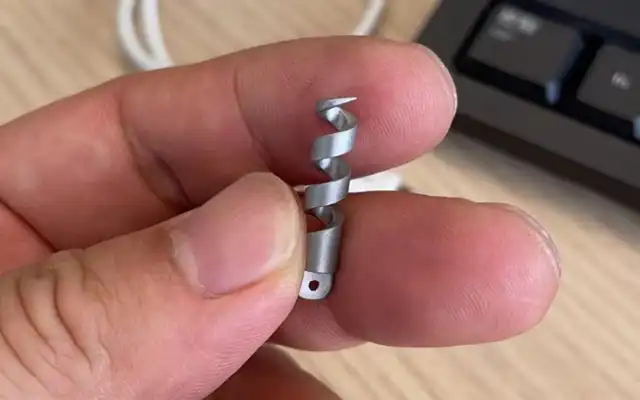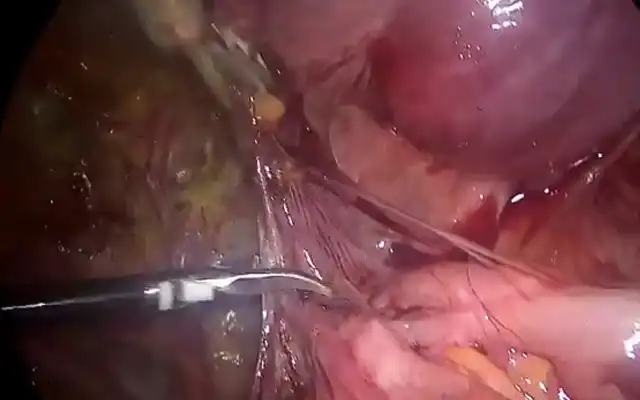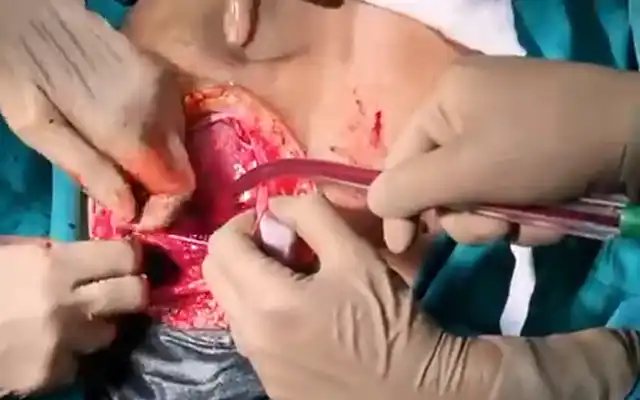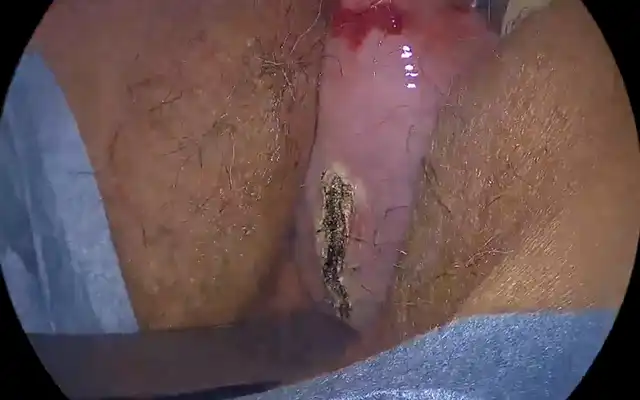Authors / metadata
DOI : 10.36205/trocar3.2023009
Abstract
Objective: To demonstrate the advantage of hysteroscopic septal incision using scissors following laparoscopic injection of vasopressin over the uterine fundus.
Design: A video case report (Video 1).
Setting: Hysteroscopic septal resection, an accepted treatment modality for septate uterus, is done using scissors, unipolar or bipolar resectoscope, and laser (1,2). Bleeding, fluid overload, uterine perforation, intra-uterine adhesions, and uterine rupture in forthcoming pregnancy due to undue use of electro-cautery and laser are some reported complications (3). Although, scissors have been found to be advantageous when compared to resectoscopy (4), bleeding encountered with the former can hinder vision.
Intervention: This video presents the technique of septal incision using scissors following laparoscopic injection of diluted vasopressin.
Key surgical steps
- Diagnostic hysteroscopy with laparoscopy to confirm presence of uterine septum.
- Laparoscopic injection of 1:10 diluted vasopressin, in the midline of the uterine fundus using Pisat’s VVIN (5).
- Hysteroscopic incision of the uterine septum using cold scissors.
- Procedure is deemed complete when both ostia appear to be in the same vertical plane, and are visualized in a single view when the telescope is at the internal os.
- Clear field of vision is maintained throughout the procedure as there is no bleeding from cut edges.
Video
Conclusion
Laparoscopic injection of vasopressor solution over the uterine fundus makes hysteroscopic incision of uterine septum with scissors a straightforward and a relatively inexpensive procedure. Lack of bleeding provides a clear view and thus avoids the need of a resectoscope and its associated complications.



